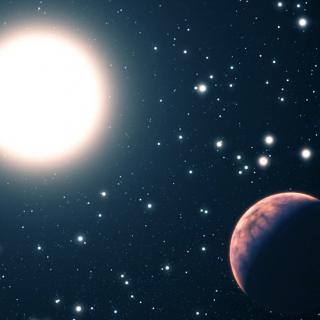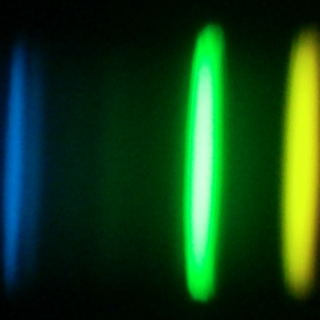Bibcode
Milaković, Dinko; Webb, John K.; Molaro, Paolo; Lee, Chung-Chi; Jethwa, Prashin; Cupani, Guido; Murphy, Michael T.; Welsh, Louise; D'Odorico, Valentina; Cristiani, Stefano; Génova Santos, Ricardo; Martins, Carlos J. A. P.; Nunes, Nelson J.; Schmidt, Tobias M.; Pepe, Francesco A.; Zapatero Osorio, Maria Rosa; Alibert, Yann; González Hernández, J. I.; Di Marcantonio, Paolo; Palle, Enric; Rebolo, Rafael; Santos, Nuno C.; Sousa, Sérgio G.; Suárez Mascareño, Alejandro
Bibliographical reference
Monthly Notices of the Royal Astronomical Society
Advertised on:
10
2024
Citations
3
Refereed citations
2
Description
Chemical evolution models predict a gradual build-up of 13C in the Universe, based on empirical nuclear reaction rates and assumptions on the properties of stellar populations. However, old metal-poor stars within the Galaxy contain more 13C than is predicted, suggesting that further refinements to the models are necessary. Gas at high-redshift provides important supplementary information at metallicities $-2\lesssim \left[{\rm Fe/H}\right]\lesssim -1$, for which there are only a few measurements in the Galaxy. We obtained new, high-quality, VLT/ESPRESSO observations of the QSO B1331$+$170 and used them to measure 12C/13C in the damped Lyman-$\alpha$ system (DLA) at $z_{\rm abs}=1.776$, with $\left[{\rm Fe/H}\right]$ = -1.27. AI-VPFIT, an artificial intelligence tool based on genetic algorithms and guided by a spectroscopic information criterion, was used to explore different possible kinematic structures of the carbon gas. Three hundred independent AI-VPFIT models of the absorption system were produced using pre-set 12C/13C values, ranging from 4 to 500. Our results show that ${\rm ^{12}C / ^{13}C}=28.5^{+51.5}_{-10.4}$, suggesting a possibility of 13C production at low metallicity.
Related projects

Observational Tests of the Processes of Nucleosynthesis in the Universe
Several spectroscopic analyses of stars with planets have recently been carried out. One of the most remarkable results is that planet-harbouring stars are on average more metal-rich than solar-type disc stars. Two main explanations have been suggested to link this metallicity excess with the presence of planets. The first of these, the “self
Garik
Israelian

Chemical Abundances in Stars
Stellar spectroscopy allows us to determine the properties and chemical compositions of stars. From this information for stars of different ages in the Milky Way, it is possible to reconstruct the chemical evolution of the Galaxy, as well as the origin of the elements heavier than boron, created mainly in stellar interiors. It is also possible to
Carlos
Allende Prieto

Exoplanets and Astrobiology
The search for life in the universe has been driven by recent discoveries of planets around other stars (known as exoplanets), becoming one of the most active fields in modern astrophysics. The growing number of new exoplanets discovered in recent years and the recent advance on the study of their atmospheres are not only providing new valuable
Enric
Pallé Bago